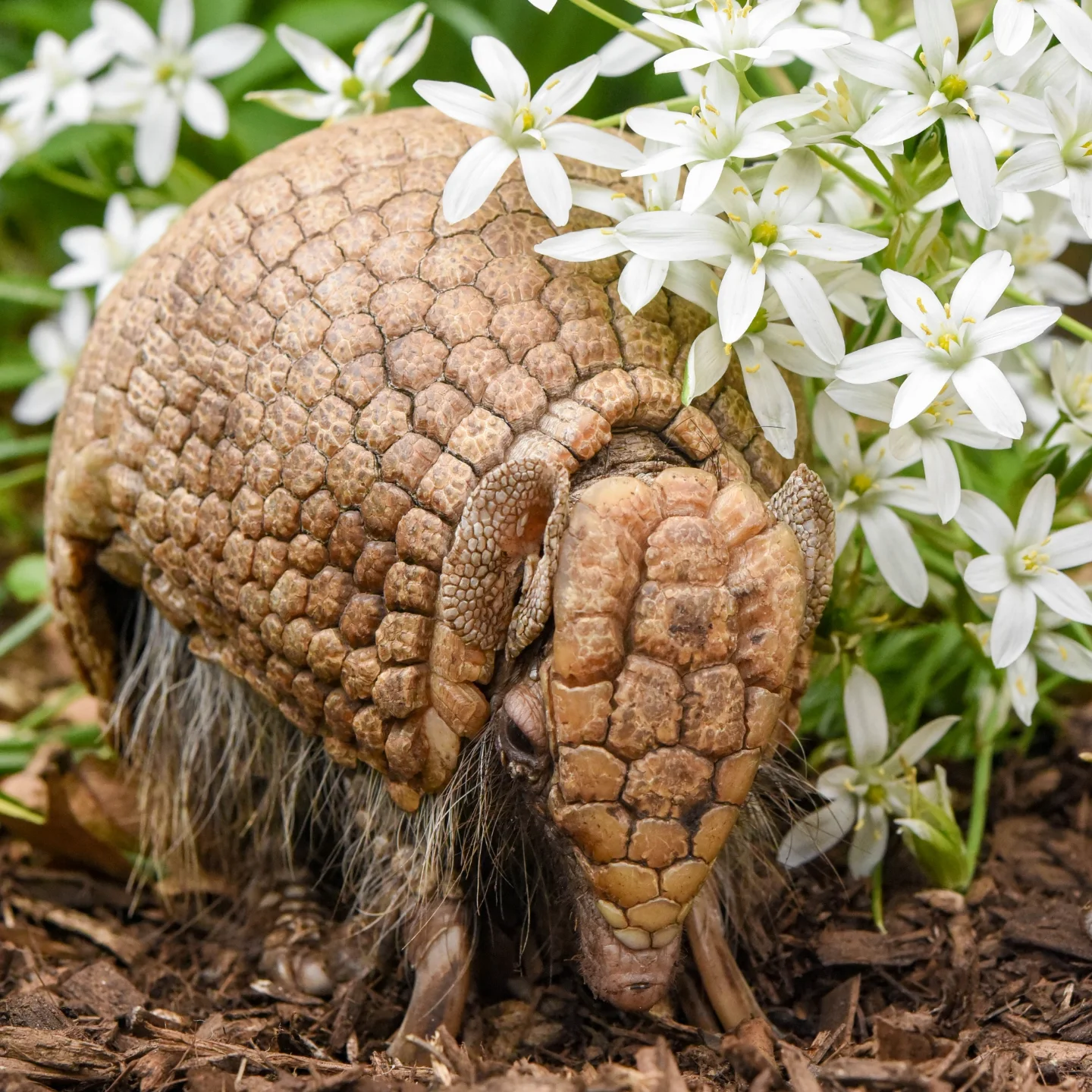- The ecological role of "April showers bring May flowers" and its impact on ecosystems.
- The significance of April showers in animal behavior and habitat dynamics.
- Zoo management practices during spring and their relation to wildlife conservation.
- Interactions between plant blooming cycles and animal reproductive strategies.
- Conservation strategies that benefit from understanding seasonal weather patterns.
The phrase "April showers bring May flowers" captures more than just a seasonal transition. It illustrates the profound ecological interactions between climatic patterns, flora, and fauna. This saying embodies a crucial period in temperate regions where increased rainfall sets the scene for vibrant growth and wildlife activities. The interconnectedness of these elements presents opportunities and challenges for those dedicated to the study and conservation of biodiversity.
April showers play a pivotal role in many ecosystems. The increased rain fosters plant growth, providing nourishment and shelter to various species. The water balance in soils directly influences plant germination and growth. With the appearance of new flora, herbivorous animals find food sources essential for survival and reproduction. The availability of food triggers migrations and nesting in numerous bird species, linking climatic patterns to animal behaviors. This connected web highlights the importance of intricate seasonal patterns in natural ecosystems.
Climatic conditions in April impact the habitats and behaviors of countless animal species. Many amphibians, such as frogs, capitalize on wet conditions to breed in temporary ponds. This phenomenon aids their life cycle progression while diversifying the gene pool. For insects, the humidity and warmth accelerate life cycles and population growth, supporting the diets of many birds and mammals. These examples underscore how pivotal rain is in activating biological processes that sustain wildlife.
Zoo management practices intertwine with these natural occurrences. As spring unfolds, zoos focus on breeding programs, relying on the longer daylight and natural behavioral inclinations of the animals. Enhanced management practices involve creating environments that simulate natural wet conditions, allowing species to experience optimal breeding opportunities. This practice supports genetic diversity while enhancing zoo conservation strategies that aim to mirror natural habitats.
The blooming cycles of plants interact closely with animal reproductive strategies. As flowers blossom due to April rains, insects become more active, pollinating plants, and thus ensuring continued plant diversity. This activity coincides with the breeding periods of many animals who depend on rich plant life. For instance, bees, whose survival is linked to floral availability, become active pollinators. This intricate cycle illuminates the harmonious balance within ecosystems driven by seasonal changes.
Conservation strategies can greatly benefit from studying these patterns. Understanding how April showers influence May flowers aids in making informed decisions on habitat restoration and species protection. By anticipating the increased plant growth and the resulting animal activity, conservationists can design more effective management strategies. Enhancing natural environments allows for the sustenance of local species and the maintenance of ecological balance.
In essence, "April showers bring May flowers" signifies the synchronization of the environment, from soil moisture levels to animal migrations. A deeper understanding of these phenomena aids in zoo management and wildlife conservation efforts. By harmonizing human actions with natural processes, it becomes possible to conserve biodiversity and promote sustainable coexistence with nature.
*****
Source Description
April showers bring May flowers 🌷


